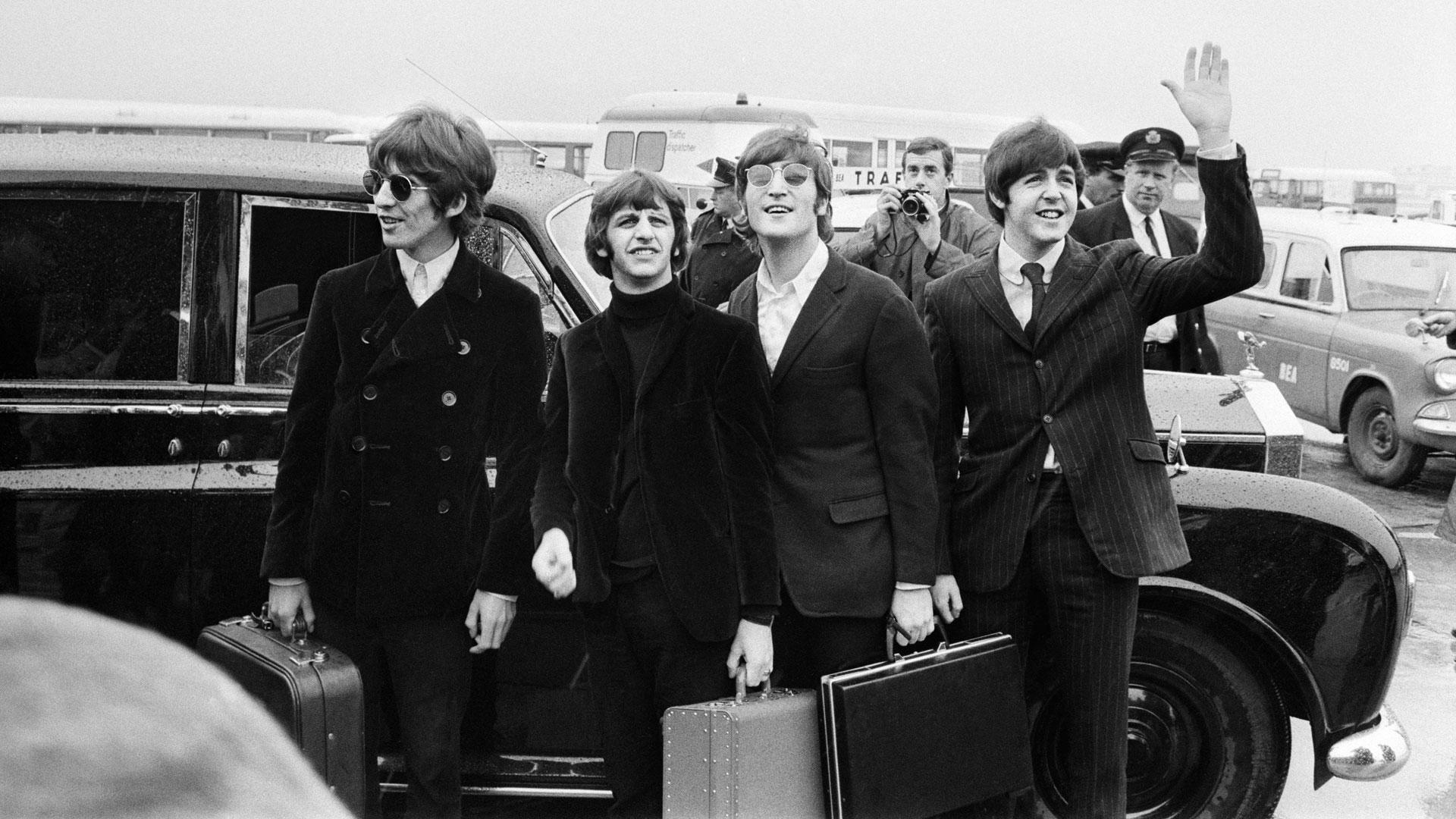AI is Bringing Celebrities back from the Dead, and It’s as Creepy as it Sounds
Artificial intelligence (AI) has undoubtedly revolutionized various aspects of our lives. From self-driving cars to virtual assistants, AI has continuously pushed the boundaries of what we thought was possible. But now, it seems that technology has taken an eerie turn as it brings deceased celebrities back to life.
Thanks to advanced machine learning algorithms and the power of AI, celebrities who have long passed away can now be resurrected in a lifelike manner. While this may seem like something out of a science fiction movie, it has become a reality, with companies utilizing AI to recreate the voices, movements, and even personalities of beloved stars from the past.
One example of such AI-powered resurrection is the holographic performances of deceased celebrities. Companies like Hologram USA and BASE Entertainment have brought back iconic figures like Tupac Shakur and Michael Jackson, using holographic technology to recreate their performances on stage. These holograms can dance, sing, and interact with live performers, leaving audiences astonished and, perhaps, slightly unsettled.
But AI’s capabilities don’t stop at bringing back musicians. The world of acting is also feeling the impact of technology’s intrusion into the afterlife. In recent years, filmmakers have utilized AI to digitally resurrect actors for film roles. The most notable example is the appearance of Peter Cushing, who died in 1994, in the 2016 film “Rogue One: A Star Wars Story.” By combining archive footage and AI technology, Cushing’s likeness was seamlessly integrated into the film, effectively resurrecting him on the big screen.
While the technology behind these AI resurrections is remarkable, it inevitably raises ethical concerns. Many argue that using AI to recreate deceased celebrities is nothing more than an exploitation of their legacy. It challenges the boundaries of personal privacy, consent, and the concept of honoring the dead. Some critics even argue that this digital resurrection is disconcerting and erases the line between the living and the deceased, blurring the boundaries of reality and creating unsettling illusions.
Another ethical concern is the potential for celebrities to be manipulated through AI-generated content. With the rise of deepfake technology, where AI superimposes one person’s face onto another’s body, there is a risk that deceased celebrities could be involved in situations they would never have approved of. This raises questions about the ethics of giving consent to use someone’s image even after they have passed away.
In addition to ethical considerations, there are also questions about the impact on the entertainment industry. Will resurrecting deceased celebrities lead to a decline in opportunities for living actors and performers? Will it become common for studios to utilize AI versions of deceased stars, rather than hiring new talent? These questions inevitably stir debate and highlight the implications AI resurrection has on the future of the entertainment industry.
As AI technology continues to advance, the possibilities of bringing celebrities back from the dead become even more pronounced. While it may be intriguing to see musicians perform or actors reprise their roles, we must also be cautious of the implications and the potential infringement on personal rights and the dignity of those who have passed away. It is crucial to consider and address the ethical concerns surrounding AI resurrection, ensuring that technology respects both the living and the dead.

